19 Best Onion Substitutes
When you buy through our links, The Breslin may earn an affiliate commission. Learn more
Onions are used frequently in every kitchen; what onion substitute is the best to replace onions in some specific dishes and doesn’t affect the taste of the whole dish.
Fortunately, your concern will be solved here. I will provide you with all the information you might need to substitute onions, what dish they are best used for, and the recommended conversion ratios. It’s time to find out more about that!
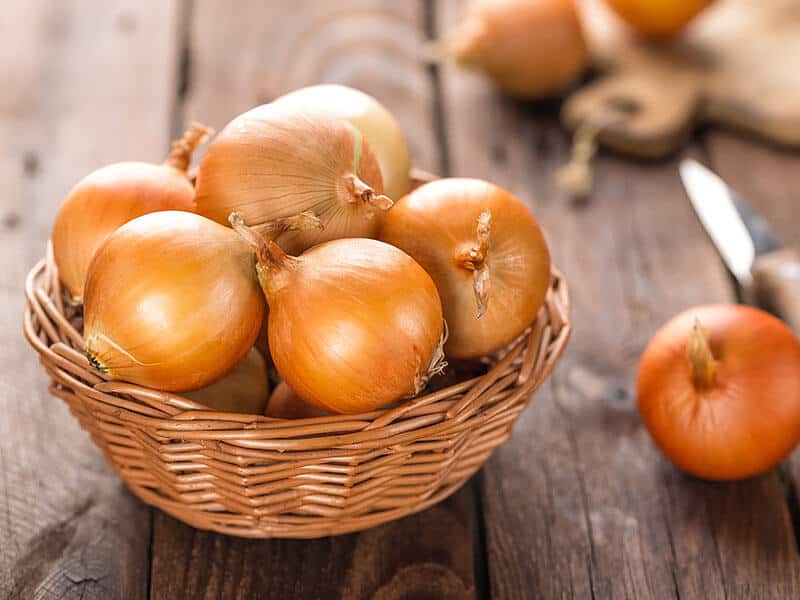
A Brief Introduction About Onions
Onions, also known as bulb onions or common onions, are types of vegetables that come from the Allium plant family, which also have garlic, chives, leeks, and scallions.
Onion’s scientific name is Allium cepa; it has many variants, they all have some similarities in both appearances and tastes.
In appearances, they both describe the green leaves vegetables with concentric leaves’’ base form into edible round bulbs underground. Some variants are flattened on one side, and some others are rounder or more.
The general taste you can expect from an onion bulb is sweetness, earthiness that will turn to subtle sweetness, and rich umami flavor when cooked. The sweetness can be more pronounced after caramelization.
The raw onions are more pungent, somewhat peppery, mustard-y, and slightly hot flavor. Some people don’t like onions because of those intense characteristics in taste.
Onions also produce an intense scent which can vary from very mild to very intense. You can relate it to a sulfurous, soft garlicky scent. Overall, the level of aroma and flavor of onions can be different based on their variants.
Some Onion Substitution Tips You Should Know
You and I use onions in every day’s meals and also for a variety of dishes. It might cause some problems if you are out of onions in the middle of the cooking process.
Although onions are not inaccessible, sometimes it is not convenient to go to the store and grab one. Then, find some substitutions below and choose the one you prefer based on your favorites and the dish you are making.
Note: To substitute chopped, fresh onions, you should notice the yield of each size of onions.
1 small onion = ⅓ cup of chopped onion
1 medium onion = 1 cup of chopped onion
1 large onion = 1 ½ cups of chopped onion
A medium-sized onion has a size similar to a navel orange, a small-sized onion has the size of a lemon, and the large one is as big as a small grapefruit.
Why do I suggest these types of vegetables or types above to alter onions in your dishes? You will have the answer below!
1. Dried, Minced Onion
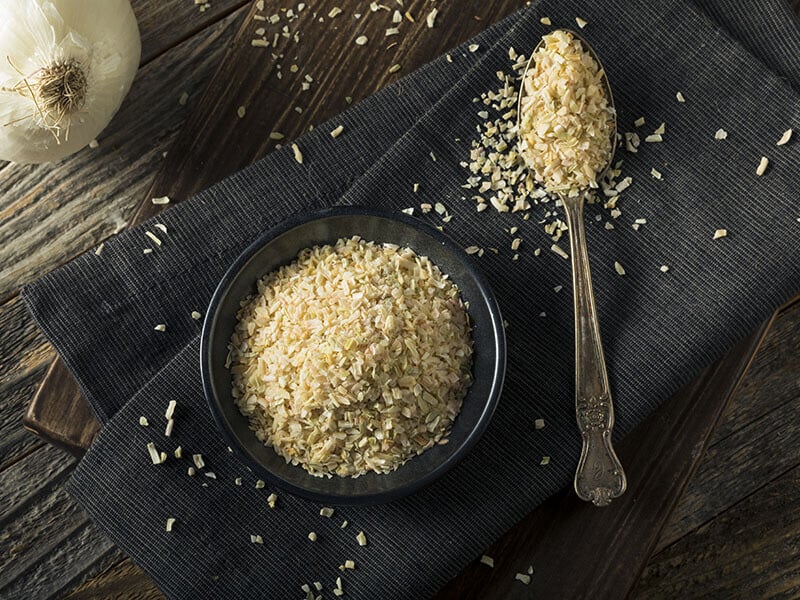
There is nothing better to substitute fresh onions than their dried products, and the first option for you is the dried, minced onion. Dried, minced onions are dehydrated onions, which might offer a more potent flavor than the fresh.
Therefore, I suggest replacing it with fresh minced onion by the ratio of 1 tablespoon of dried, minced onion to 1 chopped, medium-sized fresh onion.
It is best to use this dehydrated onion in salad garnishing for a touch of sharp, sweet onion flavor and aroma.
You can also mix it into sauces or dressings for leafy greens salad; it can also help to upgrade the creamy dressing or mayonnaise just as fresh onions.
But you can also use it to replace fresh onions in low-liquid dishes or ones that need a short cooking time since they can rehydrate quickly in the pots or simmers.
Some examples listed here are soups, stews, casseroles, curries, and even meatloaf.
2. Onion Flakes
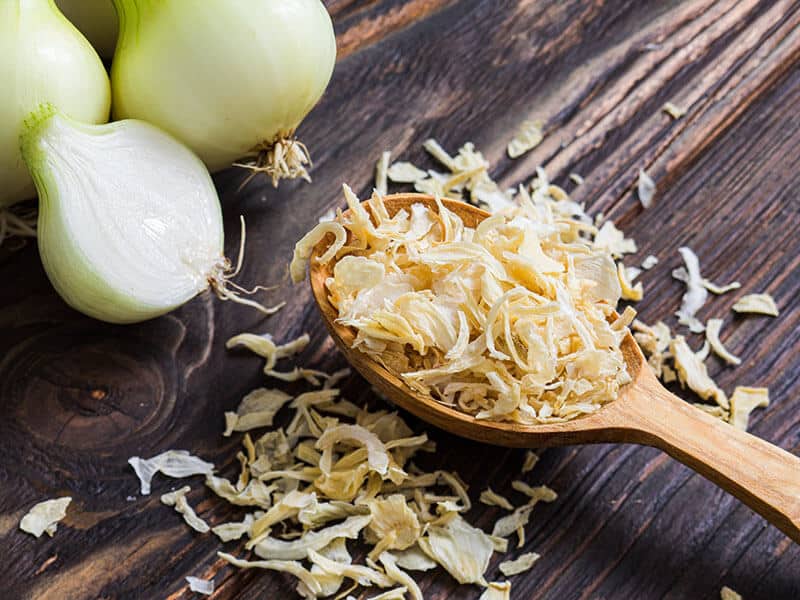
Onion flakes are also a dehydrated onion product like dried, minced onions. But they have chopped sizes which are a bit more finely than the minced. This type of dried onion brings a toastier and richer flavor than fresh onions.
The conversion ratio for onion flakes to fresh onions can be 2 tablespoons of dried, chopped onions equal ½ cup chopped fresh onion.
Both onion flakes and dried minced onions lend the same texture when cooked; you can also use them for dressings and sauces. The roasted, crispy onion flakes can become onion-y, piquant sprinkles on sandwiches, salads, or pizza.
When using this dehydrated onion product in stews, soups, casseroles, egg dishes, and hamburgers to replace fresh onions, it can also have a punch of flavor, including a lovely toasty taste.
Whenever you have spare onions at home, try following this instruction to make some onion flakes!
3. Onion Powder
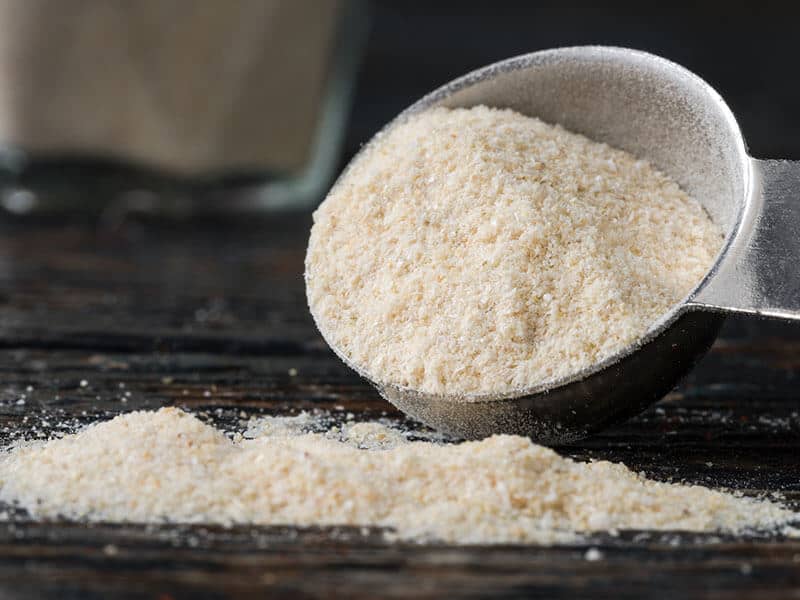
This is another type of dehydrated onion; onion powder is much more potent than fresh onion, which can be up to 3 times more intense.
Smooth flour-like consistency that can easily dissolve, sprinkle onion powder over any cooked dish that calls for onions.
After some good stir, you can have a concentrated oniony punch, with bold oniony flavor and scent, just like fresh ones. Some best recipes to use onion powder as the onion substitution are soups, stews, and chowder or gumbo or meatloaf.
The recommended ratio is 1 tablespoon of onion powder to substitute 1 cup of chopped onion or one chopped medium, navel orange-sized onion.
4. Scallions (Green Onions)
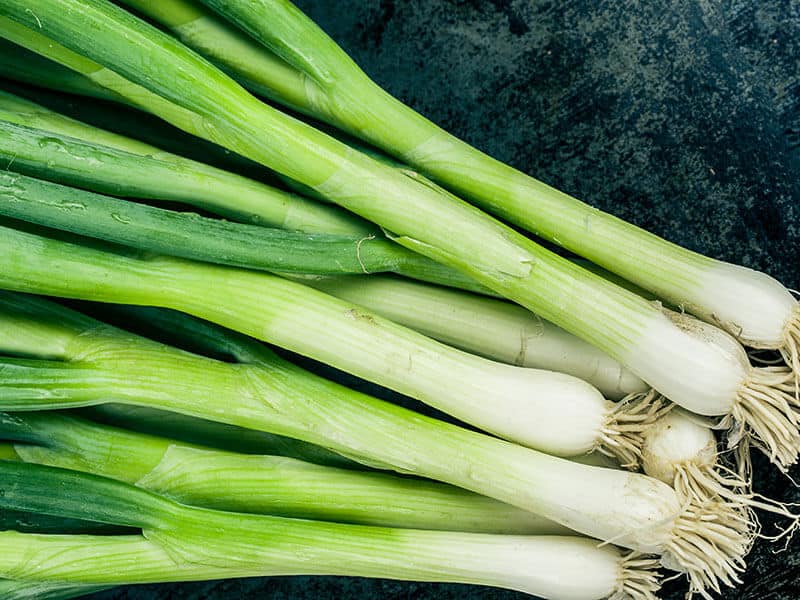
Also a part of the Allium family, scallions can become a substitute for their cousin from the Allium cepa genus. Scallions look like immature onions with softer leaves, much milder flavors.
They don’t form the bulbs; their white stalks also offer the sharpness, sulfurous taste, and scent just as onion. Scallions’ flavors will be much more pronounced with significant garlicky notes or, somehow, apple-reminiscent, brighter and earthier.
Their leaves are also used for garnishing onto dishes to bring a lovely fresh and grassy flavor and a soft onion-y scent. They can become the alternative for onions in garnishing, salads, pickles, grills, or roast or flavoring the oil for sautéing dishes with their whites.
To substitute onions, you can consider using 6 to 8 medium green onions to replace 1 medium onion. You should notice that about 9 chopped green onions or scallions can yield a cup of them.
5. Chinese Onion
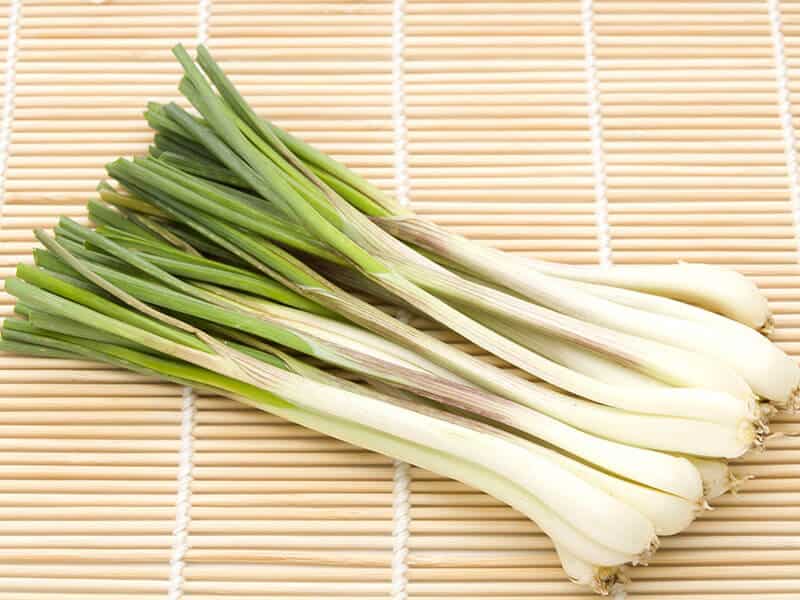
Chinese onion (Chinese scallion) has the scientific name Allium chinense (Japanese rakkyō, Japanese scallion, or Kiangsi scallion). This China-native onion variant is also closely related to the onion, garlic, chive, and leek.
Chinese onion has a white bulb, packed with fresh, onion flavor but milder and offers a crispier texture. It usually uses raw (garnishing on soups, such as Japanese curry), cooked dishes (grills, braises, boils), marinade, and pickles.
With this type of onion, the conversion ratio of 1:3 is recommended (1 tablespoon of chopped onion equals 3 tablespoons chopped Chinese onion).
6. Shallots
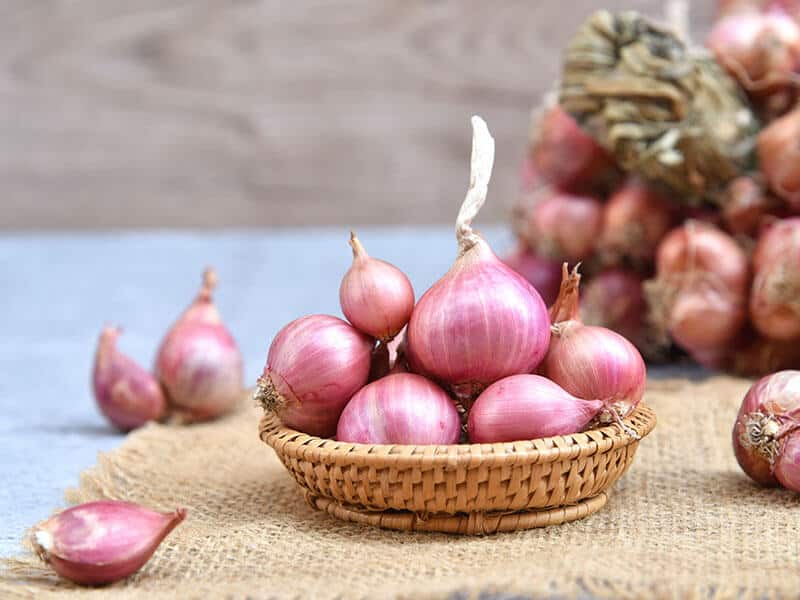
Shallots used to be clarified as the onion genus, but they now belong to a separate genus, “ascalonicum L.” which is closer to garlic, scallions, leeks, chives, and Chinese onions.
The flavor of shallot is milder onion-y, lending a delicate sweetness and a light hint of pungency and garlic, less intense heat.
You can alter shallots to onions in almost all recipes in stir-fries, sautés, soups, casseroles, mix into quiches, or some raw uses in salads, dressings, and so on.
The suggesting alternative ratio is 2 large shallots equal to 1 medium onion. That also means 4 medium shallots or 6 small shallots can replace 1 medium onion. If you need 1 cup of chopped onions, you can use 1 cup of chopped shallots to alter.
You can also refer to the yield of the shallots here: Mincing or slicing 1 large shallot can produce ½ cup, 1 medium minced or sliced shallot equals ¼ cup and 1 small one equals 2 tablespoons.
7. Chives
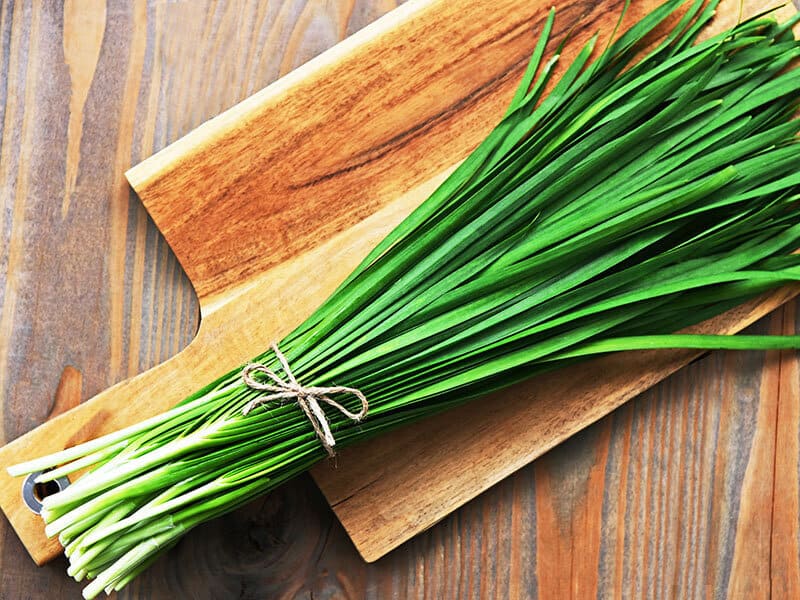
Chives are considered a type of herb, although they also come from the Allium family (Allium schoenoprasum) and have many similarities in taste to onions, especially scallions.
This type of herb offers a delicate onion flavor, much milder than red or yellow onion and a more leek-like or scallion-like taste. In the recipes that call for onions, chives might offer a similar aroma but milder, some herb scent, and less intense.
With tender leaves, and semi-hard, thick edible stems, they can be eaten raw as a garnish (especially in French haute cuisine), become an ingredient in soups, salads, potato dishes (mashed or baked). Chives taste great in omelets, fish, and seafood dishes.
The tips for using chives in cooked dishes are, firstly, to snip, chop, or thinly slice to preserve and maximize their flavors. The second tip is to add them in the last few steps to avoid destroying their taste.
Therefore, you can also tell that chives are more suitable in short-time cooked dishes or raw. Since they are much milder than onion, I suggest the conversion ratio of 3:1 (3 tablespoons of chives to 1 tablespoon of chopped onion).
If you think the effect is not enough, feel free to adjust for more if you want.
Best guidance on how to differentiate chives and scallions you might need!
8. Leeks
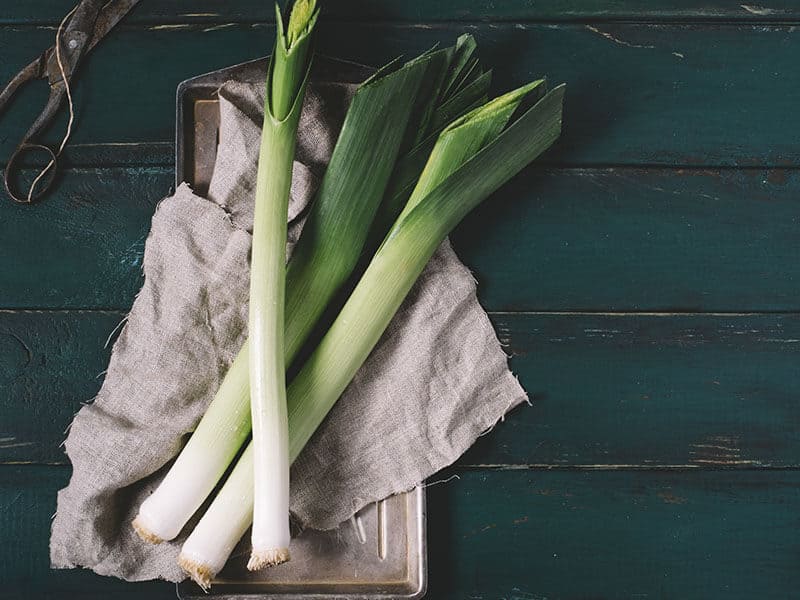
Leeks look like broad-leaved green onions with bigger white stems. They offer a less intense onion-like flavor and milder pungency, but somehow more nuanced and provide more layers of delicate, mellow garlicky notes and sweetness.
When cooked, leeks can sustain quite well under heat, they also lend an incredibly buttery, creamy, subtle onion-y, and pleasant scent. Thanks to the outstanding texture and flavors, this type of Allium is perfect for creamy, saucy dishes and vegetable stocks.
Since it can retain the form well in heat, they can also alter onions in slow-cooked stews, with meat like turkey or bacon, for example, kimchi stews and potato soups; pasta is also a great choice.
I recommend using 1 large leek to replace 1 medium onion. You can alter 1 cup of chopped onion with 1 cup of chopped leeks. To make around 1 cup of leeks, you need a large leek or 1 and a half of medium leeks.
9. Garlic
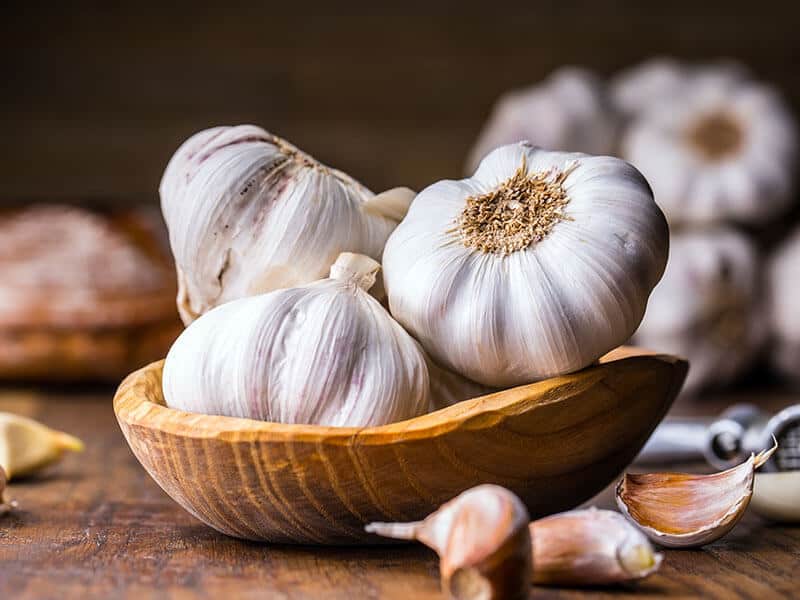
Belonging to the Allium family; garlic can also provide a robust, pungent, spicy taste, somehow bitter, incredibly when raw. Their volume of pungency can mellow down and become sweeter when cooked.
The earthy and mild nutty notes are more pronounced if you use roasted garlic. Garlic brings the obvious reminiscences in the pungent taste and a proper mellowy and sweetness in slow-cooked dishes with onions.
There is no specific conversion ratio to garlic and onions; you can consider replacing garlic in onion-required recipes like salad dressings, vinaigrettes, and some soupy dishes like long-cooked stews and meaty dishes or soups.
You should practice a few times and choose the perfect amount of substitutes that you like.
10. Fennel
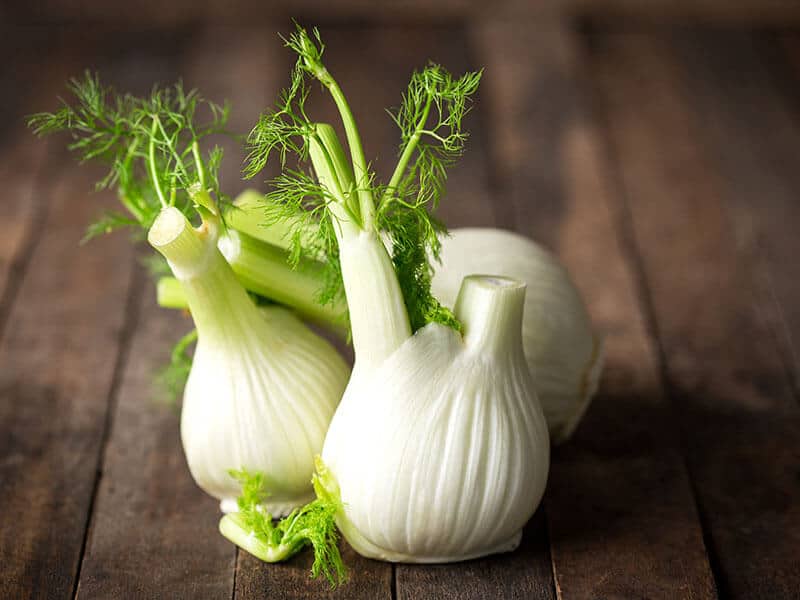
Fennels also form bulbs that look like onion bulbs. This type of vegetable offers strong black licorice and anise flavor, sweet and perfumey scent with crunchy texture when still raw. But the taste changes into an onion-like effect when affected by heat.
Fennels add to your dishes, such as soups or stews, a gorgeous nuance, subtle and pleasantly soft texture, you might not even recognize the anise taste when they are cooked.
People usually use fennel bulbs in soups, stews, or baked, sauteed, and braised dishes to bring a bright, refreshing effect. Their leaves have a feathery texture with a milder flavor than bulbs, best used as a garnish on salads or put in soups.
If you are onion-allergic, you can use fennels as the best alternative. Caramelized fennels can also bring a similar look and taste to onions.
All in all, I think using 1 fennel bulb is good enough to replace 1 medium or large onion, which means 1 to 1 and a half cups of chopped fennels equals 1 or nearly 2 cups of chopped onions.
Complete guide to show you how to deal with fennels that you should not miss.
11. Celery
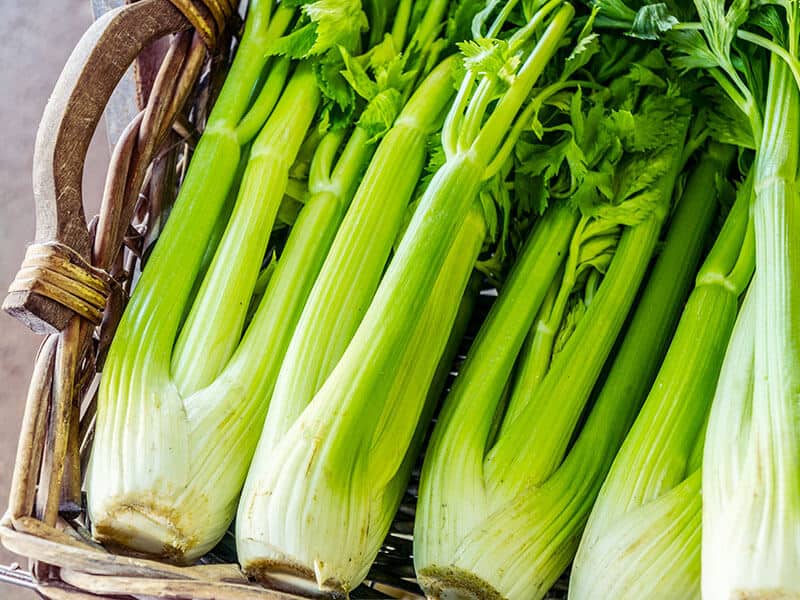
If you are allergic to onions but love their crunchiness in food, you can choose celery since this veggie has the perfect watery stalks and crunchiness.
Celery has minor similarities in taste with onions; it delivers a mild yet bold taste together, an earthy note, and some hint of green onions.
It also offers the signature taste of salad and kale, the zing of beetroot; someone feels it sweet while some others taste bitter and can even more bitter when it’s raw.
In conclusion, celery’s taste is unique and hard to describe in mere words; you should consider it when using it as a substitute for onions. They usually have celery in raw, soups, stews, sauces, or dips, so you can consider altering onions with celery in these recipes.
The appropriate substitute ratio is 1 medium onion to 2 or 3 medium celery stalks, or 1 cup of chopped onions to 1 and ½ cups of chopped or sliced celery. Chopping every 2 medium-sized celery stalks can yield 1 cup of them.
12. Ginger Paste + Garlic Paste + Fresh Thyme
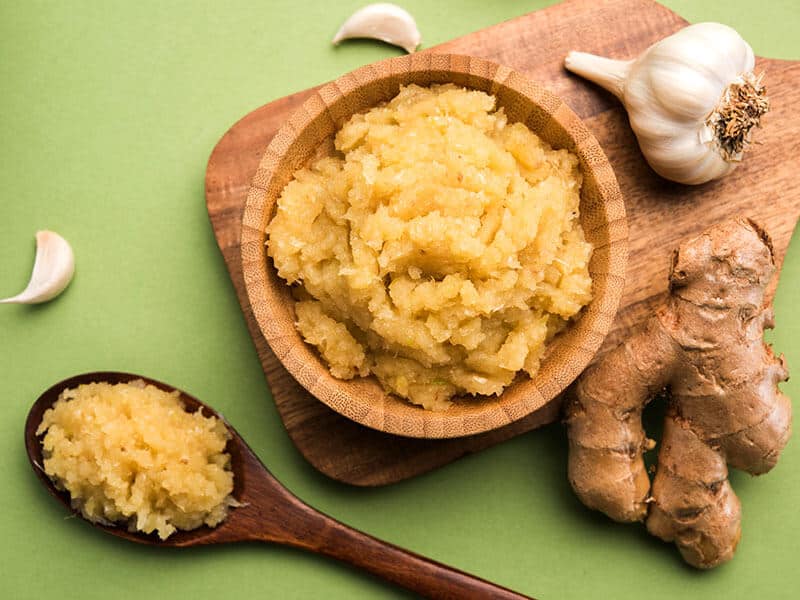
This combination might be odd to you, celery’s taste is, but it can work relatively well to replace onions if you are under dietary restrictions or allergic. The idea of this is to mix these types of condiments, spices, and herbs to make the most similar effect to onions.
Mix some garlic paste, ginger paste, and some fresh thyme in a small bowl, use a spoon to blend them well until evenly, and you will have a bowl of magic paste to replace onions in almost any dish.
The freshness, earthy and floral taste of thyme goes with the hot, pungent, peppery, and sweeter flavors when cooked with garlic; they make this combination, in some way, makes sense.
Garlic paste combined with ginger paste is perfect for salad dressings and dips, with the herb-y, floral notes from thyme making it more reasonable. You can consider using this mixture to replace onions in those recipes.
But you need to try several times in your dishes to find your most favorite dish to use and your ideal ratios based on your palate.
13. Melon Seeds Or Cashews + Plain Yogurt
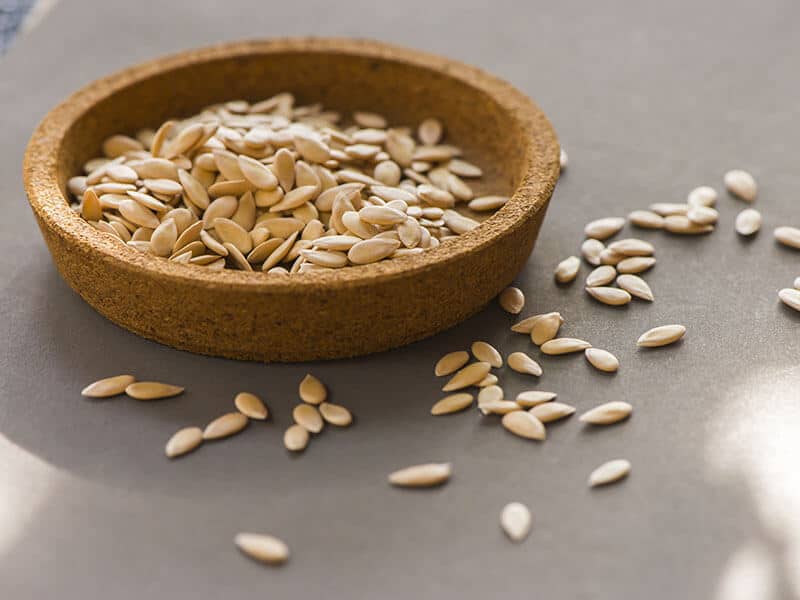
When the taste does not matter, you just try to replicate the thickening effects of onions to a curry dish, grind some melon seeds or cashews, and mix the powders with some plain yogurt.
With the crunchy, nutty, creamy, and great thickening effect, this mixture can replace onions in the curry to denser the sauce. No taste reminds you of onions; then, if you don’t like onions, it might be an excellent alternative for you.
This mixture also requires a bit of time to try and taste; if you find a perfect ratio that you think might work the best, please share in the comment.
14. Asafetida Powder (Hing)
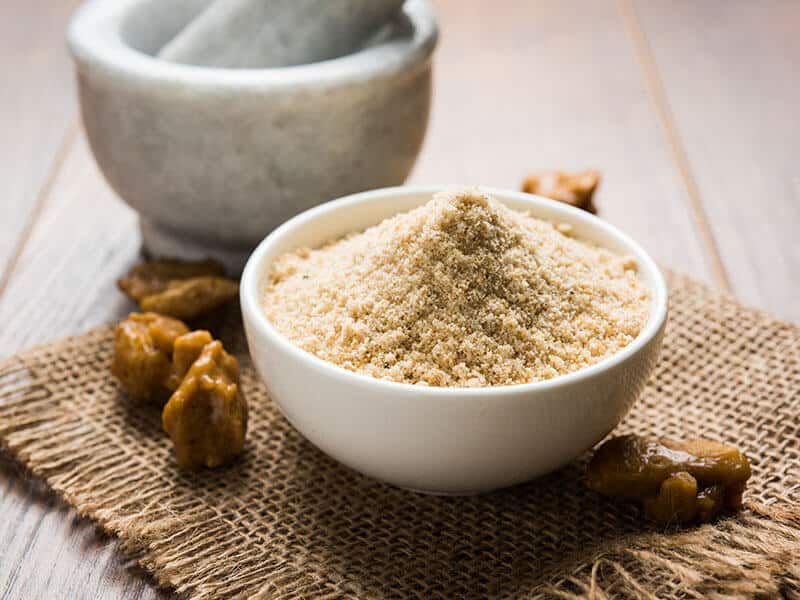
Asafetida powder or hing seems like Indian MSG; it is a gum extracted from a celery’s cousin, ferula. Hing surprisingly delivers the pungency, a note of garlicky, onion-y, leek-like, or even a hint of meat.
Its natural saltiness makes it a condiment to replace regular salt, with more advantages in the floral-y, piercing scent. You can substitute onions with this in soups, stews, and legume dishes.
It will be best if you take some experiments to create your one-and-only ratios to replace onions with asafetida powder.
Beginner’s guide on how to use Asafetida powder in cooking.
15. Himalayan Black Salt
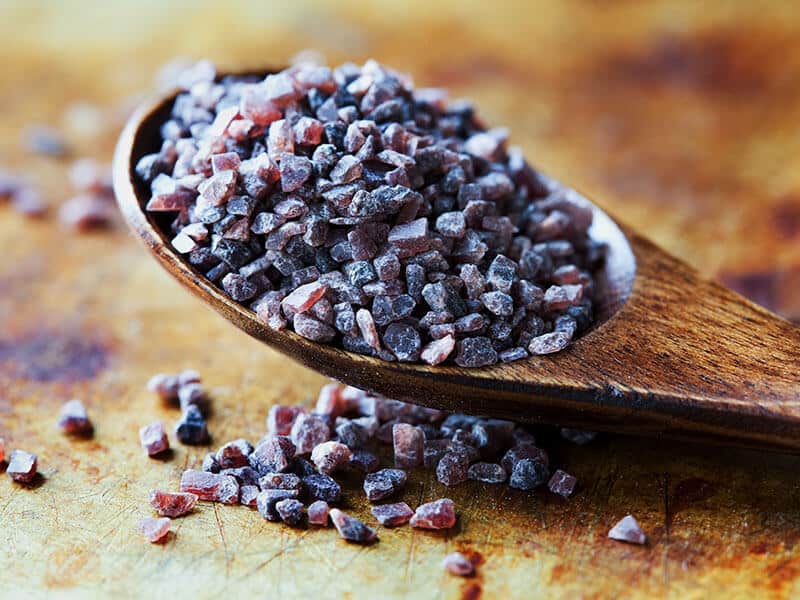
What makes this type of salt special is not only the distinctive color; it also brings a unique pungent, boiled egg stench-reminiscent, earthy solid flavor.
Himalayan black salt has the average saltiness of table salt, considered an onion replacement to some people.
Therefore, this substitute is better to try for people who are on a non-onion diet, allergic. You need to make some taste tests yourselves and conclude with your own favorite volume.
In Indian cuisine, this type of salt is usually used in pickles, salads, chutneys, raitas, so you might want to substitute onions with black salt in these dishes first.
16. Bottle Gourd
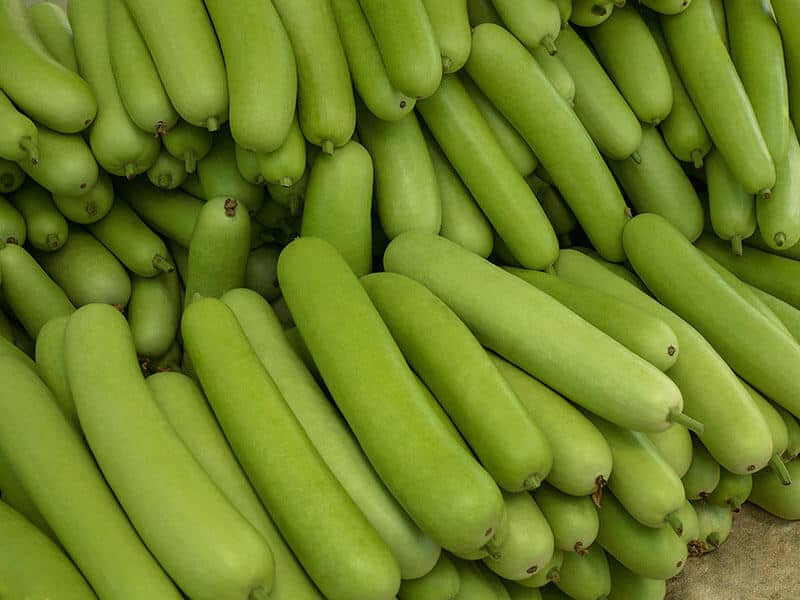
Bottle gourd has a texture similar to melon, cucumber, or squash, and you should grate it to make it an onion substitute. Not only the look but the taste of calabash also reminds you of mild summer squash and cucumber with a hint of bitterness.
The taste of grated gourd is obviously much milder than onions; they can become a substitute because they can lend a good veggie-firm texture in curries or koftas (South Asian meatball or meatloaf dish).
You also need to try a few times to develop your own ratio.
17. Cabbage
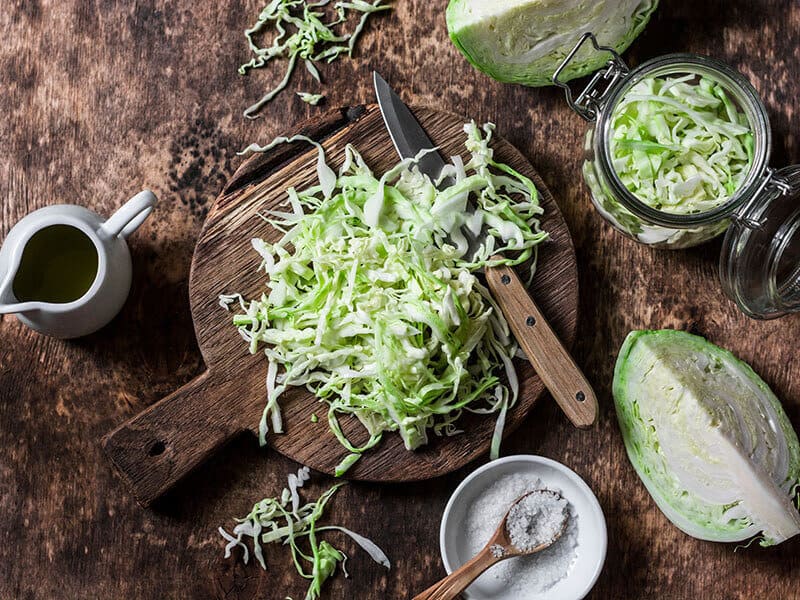
If you’re not a huge fan of spice or sulfurous taste, this alternative is perfect thanks to its considerably milder taste compared to onions. It is also relatively cheap and accessible, although it doesn’t bring much similar in taste.
Grated cabbages can become a topping on fresh salads or be added in hearty recipes that call for onions. Make some trial yourself, and you might be satisfied with this type of substitute.
18. Chopped Vegetables
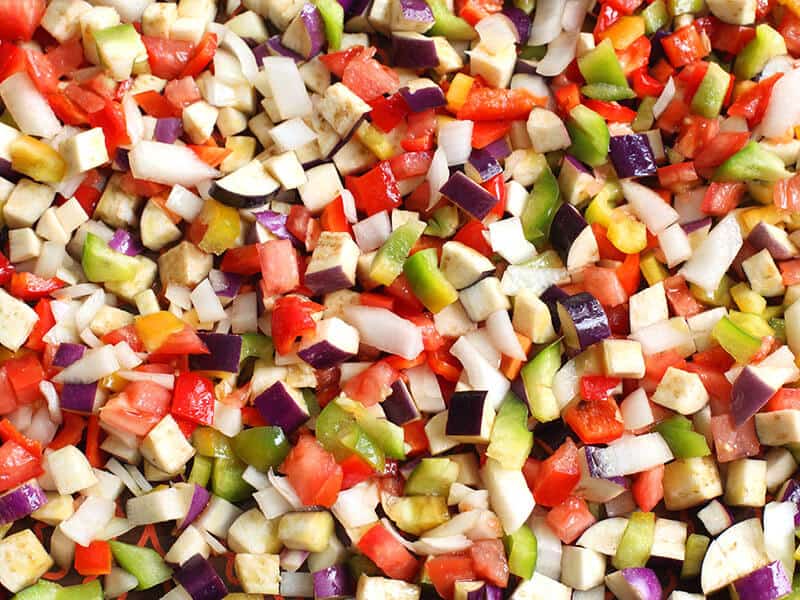
In hearty dinner soups, lacking onions can reduce the dense, saucy effect. Don’t worry; you can chop more other vegetables such as tomatoes, carrots, swede, potatoes, or sweet potatoes (they can produce more starch to thicken the dish).
Chopped, chunky carrots and tomatoes are perfect for replacing onions in thickening gravies, curries, and soups. You can adjust the amount until you feel fine with it.
19. Bell Peppers
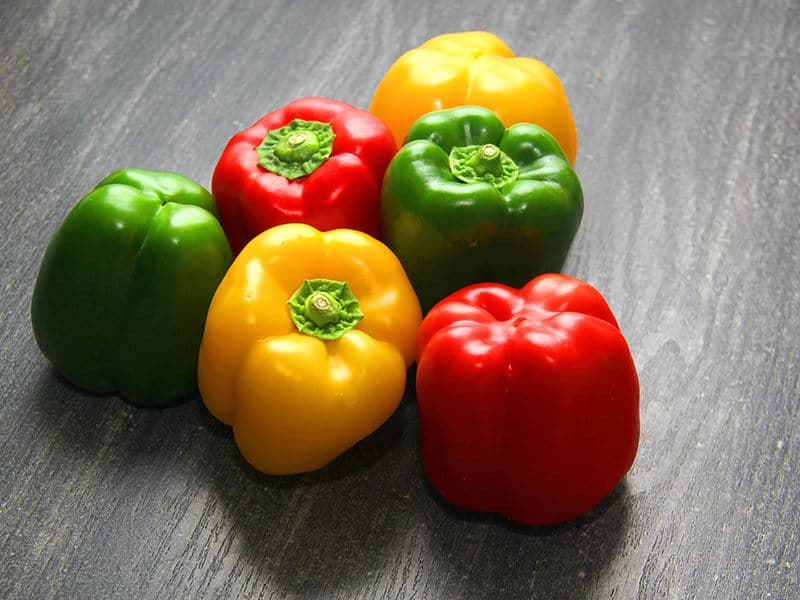
Not only thickening up or bulking up saucy dishes, but chopped bell peppers also bring a colorful effect and crunchy texture, sweetness to alter onions in salads. The slightly spicy flavor of this veggie can also help to replace onions in spicy curries or chili dishes.
Just like some other suggestions, some practices might help you to find your most favorite conversion ratio.
20. Skip It
Although there are a lot of onion substitutes I have suggested to you above, even if they are all good in some aspects and please to taste buds, nothing can compare to the authentic onion flavors from onions.
If you love onions and really don’t want any alternatives, you can skip these ingredients instead. It might lead to the lack of flavors, but it might be better than using something else for you.
If you are suggested not to eat by a doctor or are allergic, if you already love the taste of the dishes without onions, you don’t need to try adding substitutes.
Conversely, if you like some more savory and pungent flavors in your dish, some suggestions above can help.
FAQs
Onions are versatile, and there are also many questions around the problem of substituting them in dishes. If you have the same concern, let’s take a quick look at the section below.
Are You Ready To Restart Making Your Dish?
With all the information I have provided to you above, I hope you find it helpful in your situation and don’t hesitate to restart making your dish.
Although onions are essential in culinary uses, they are not unchangeable. You can practice the substitutes and conversion ratios a few times to conclude with your favorite onion alternatives.
If you have any suggestions about replacing onions or what substitution ratios are better than my recommendation, feel free to come back and let me know. Your interest will be my great motivation!
References
- Insider.. 9 foods you didn’t realize you could eat on the keto diet, according to experts. [online] Available at: <https://www.insider.com/foods-you-can-eat-on-the-keto-diet-2019-3#you-can-eat-scallions-on-the-keto-diet-6>.
- FODMAP Everyday.. Scallions. [online] Available at: <https://www.fodmapeveryday.com/ingredients/scallions-fodmaps/?__cf_chl_jschl_tk__=pmd_7b5fmN2mWQVtHanSxx30GLErtA6CxRknsQOmUliV0KY-1635697815-0-gqNtZGzNAmWjcnBszQ-9>.
- Spoonful.. How to Make a Craveable Low FODMAP Salad – Spoonful. [online] Available at: <https://spoonfulapp.com/craveable-low-fodmap-salad>.

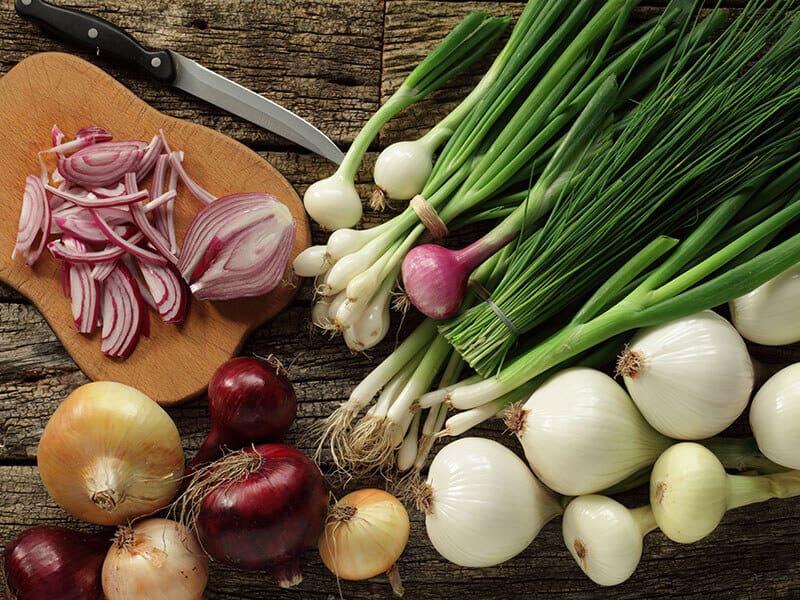
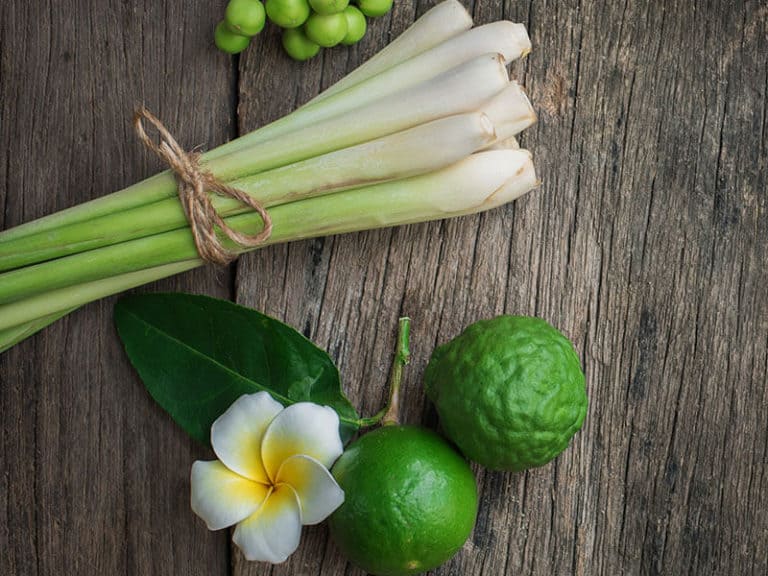
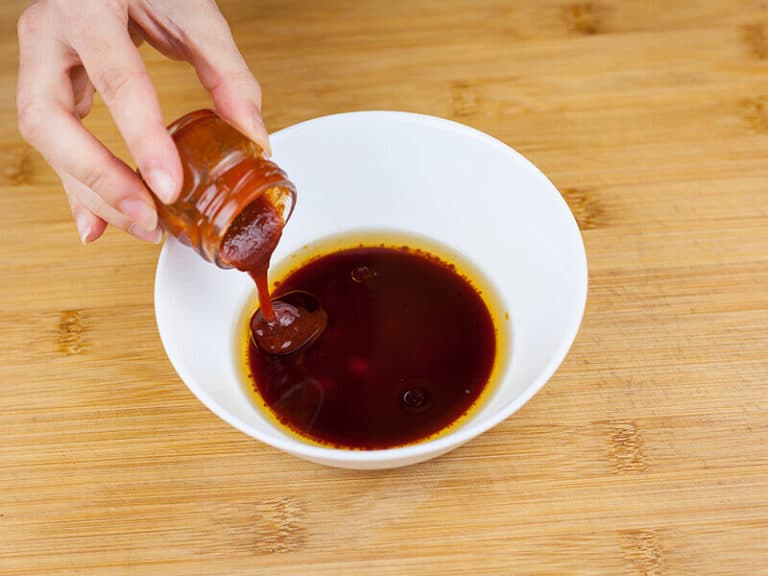
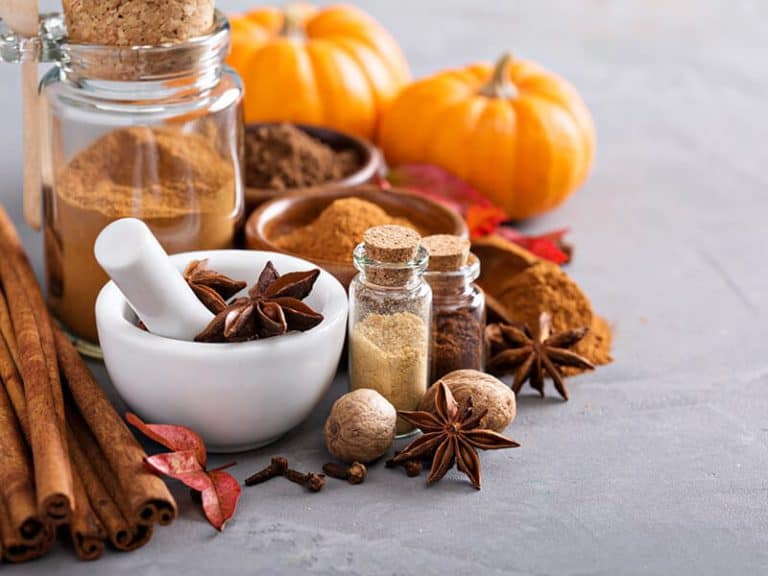
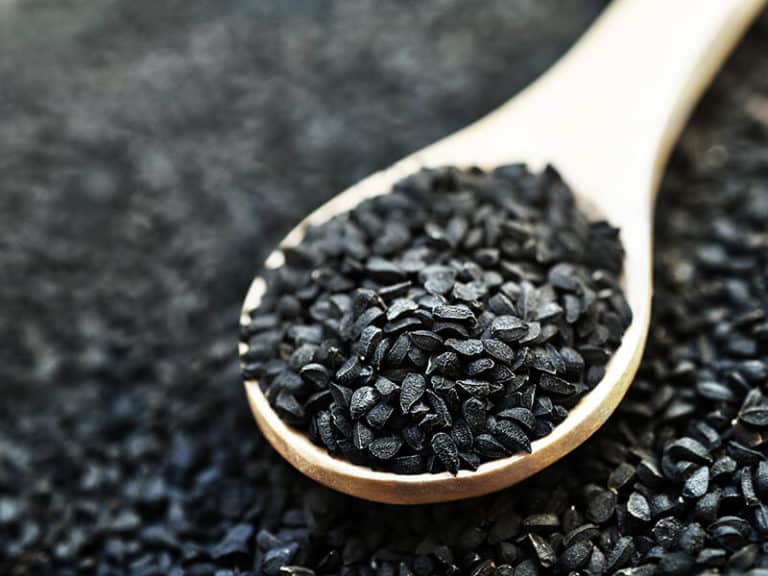
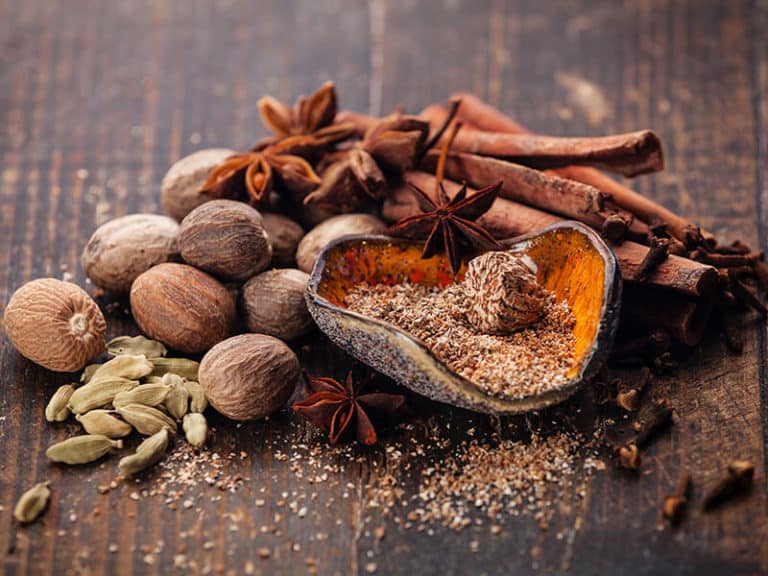
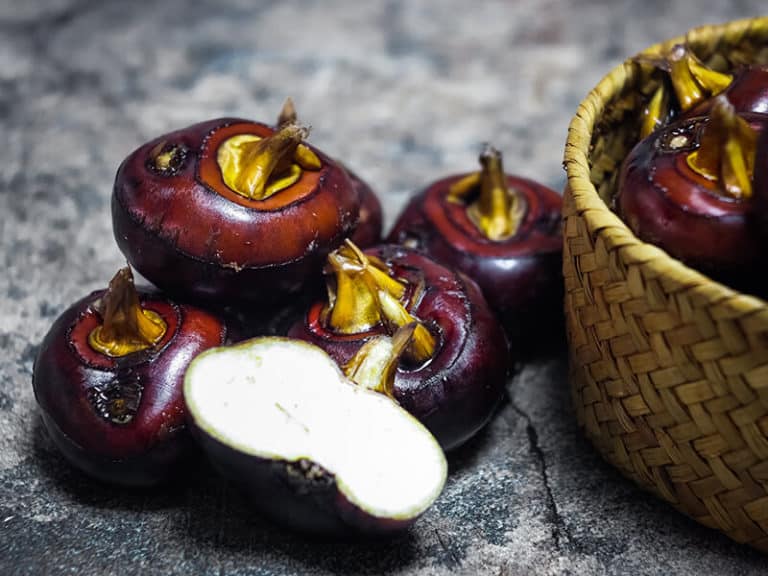
Amanda Collins
Founder and Senior Culinary Editor
Expertise
Culinary Arts and Management, Food Journalism and Critique, Recipe Development and Testing, Global Culinary Traditions, Sustainable Food Practices
Education
Institute of Culinary Education (ICE), New York, NY
Program: Diploma in Culinary Arts
Focus: Intensive hands-on training in culinary techniques, recipe development, and kitchen management, preparing students for professional roles in the culinary industry.
Monroe College, New Rochelle, NY
Program: Associate in Applied Science in Culinary Arts
Focus: Practical culinary skills, including cooking techniques, menu planning, and kitchen operations, with an emphasis on hands-on experience and industry standards.
Amanda Collins is a seasoned chef and food editor with a deep love for global flavors. Trained at the Institute of Culinary Education and Monroe College, and with over 15 years in the culinary field, Amanda has refined her skills in kitchens worldwide. Her background in food studies gives her a unique ability to share both recipes and the cultural stories that shape them.
As senior culinary editor at thebreslin.com, Amanda’s work brings authentic dishes to life, inviting readers to explore new flavors and techniques from around the globe. Her approachable style makes it easy for anyone to bring a bit of the world’s cuisine into their kitchen.